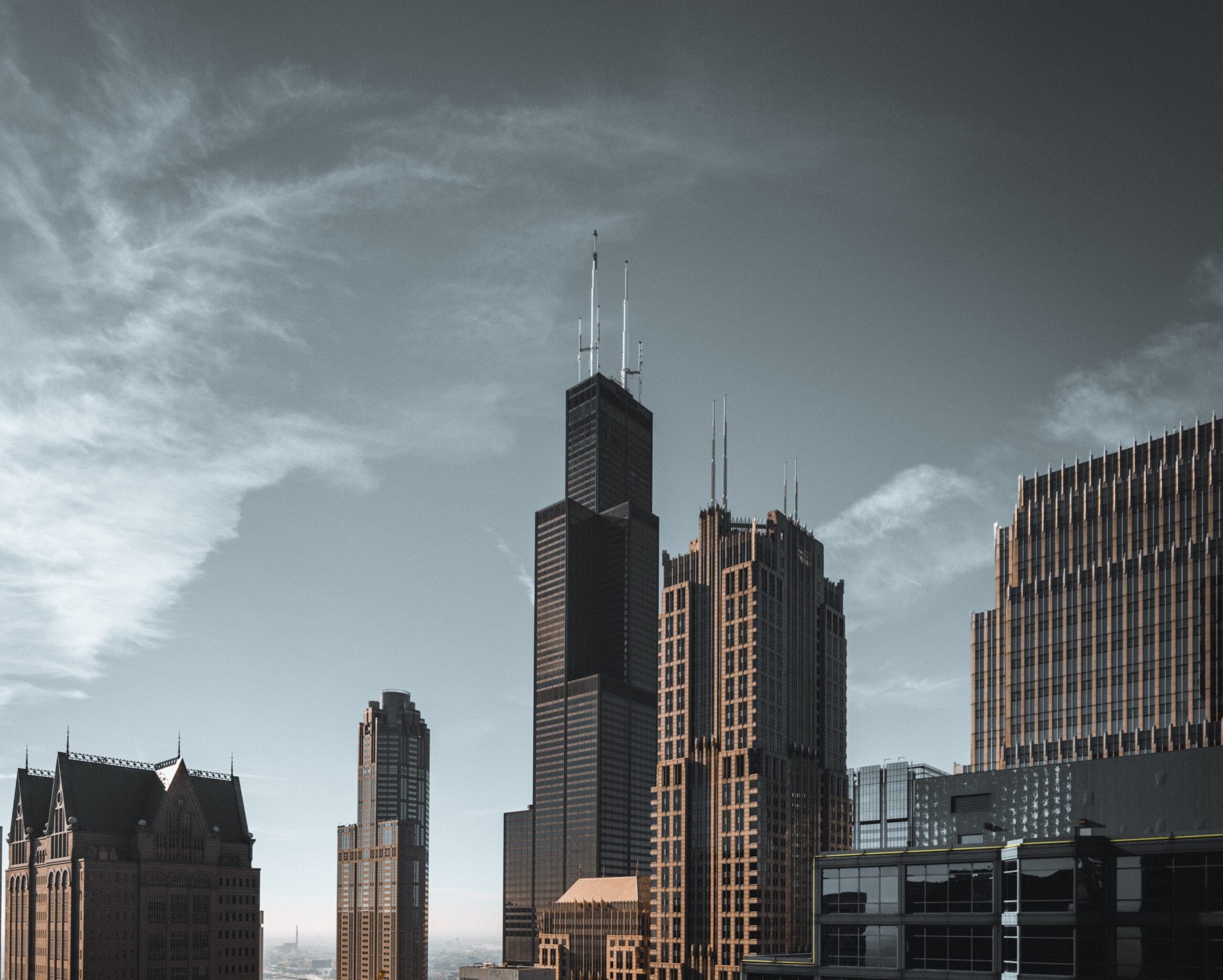
The free zones operate in a changing international context that progressively aims to increase transparency in management and to improve the processes of sharing information both with the relevant governmental oversight institutions, as well as internationally.
Among the initiatives, we can highlight the Trade Transparency Units Established by the US in 2004, the SAFE Norms framework of the World Customs Organization of 2005, the revised Kyoto Convention of 2006, the 2013 International Chamber of Commerce recommendations and more recently the OECD 2019 “Council Recommendation on Combating Illicit Trade: Improving Transparency in Free Zones”, which includes a “code of conduct”. All this aims to improve the fight against traditional threats such as counterfeiting and piracy and more recent ones, such as money laundering, financing the proliferation of weapons of mass destruction as well as crypto assets and terrorist financing.
In this context, we are faced with a dilemma: on the one hand, we seek to facilitate trade and, on the other, facilitating it makes us more vulnerable, forcing us to react in order to mitigate risks. As a reaction, efforts for greater transparency and better communication become fundamental and strategic. For example, the OECD code of conduct for free zones reflects current trends. This aims to strengthen the unconditional access of the competent authorities to goods and documents, to maintain complete and accurate records, to prohibit operators and people who do not provide the necessary guarantee of compliance with the applicable customs provisions, to encourage electronic payments, among other aspects. If we apply the idea of ”unconditional access” to our own context, we will understand the main problem of the responsible actors, both governmental (for example: customs authorities), as well as the administration of each zone.
